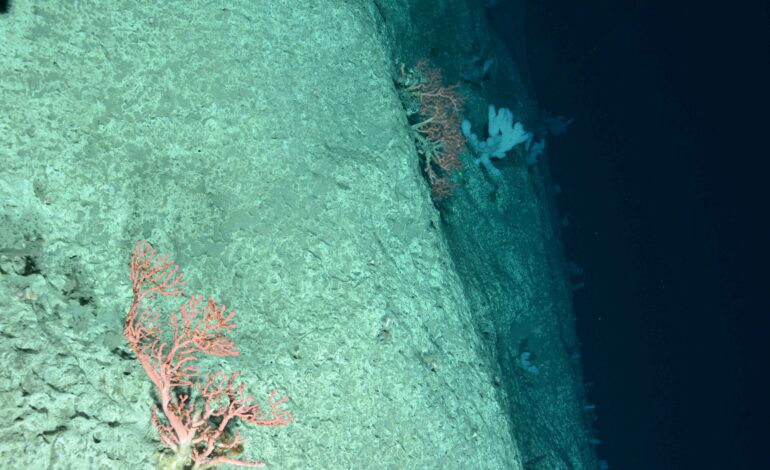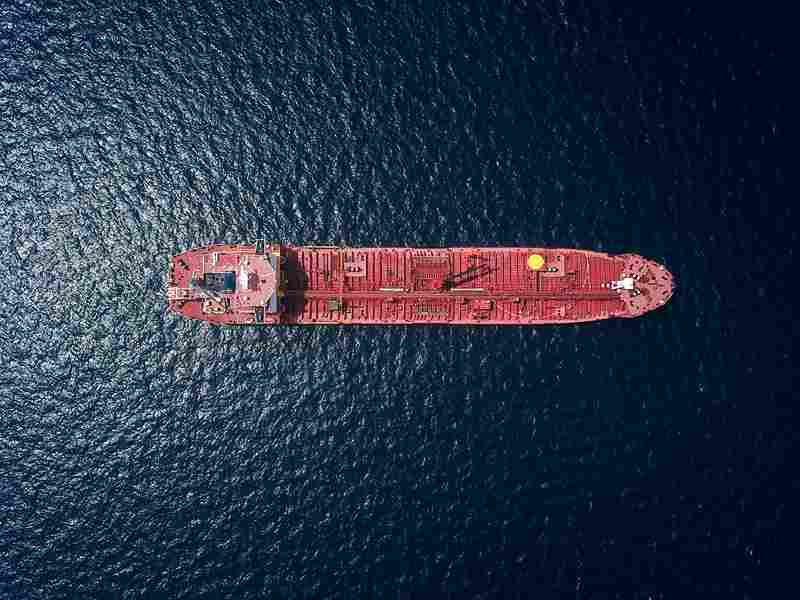
Impact of Bunker Fuel on Marine Biodiversity
Bunker fuel, a key energy source for maritime transport, has significant implications for marine biodiversity due to its composition and the environmental consequences of its use. This article explores the impact of bunker fuel on marine ecosystems, highlighting both direct and indirect effects, regulatory responses, and potential mitigation strategies.
Understanding Bunker Fuel and its Composition
Bunker fuel, primarily derived from crude oil refining processes, is used to power large ships and vessels engaged in global maritime trade. It is characterized by its high sulfur content and various pollutants, including particulate matter and heavy metals, which can have profound ecological impacts when released into marine environments.
Direct Effects on Marine Biodiversity
- Oil Spills and Contamination: Accidental spills during bunkering operations or vessel accidents release large quantities of bunker fuel into marine waters, leading to oil slicks that coat marine organisms, disrupt their habitats, and impair their ability to regulate body temperature and buoyancy.
- Toxicity and Bioaccumulation: Bunker fuel components such as polycyclic aromatic hydrocarbons (PAHs) and heavy metals are toxic to marine life. These substances accumulate in the tissues of organisms over time, potentially causing reproductive, developmental, and behavioral abnormalities.
Indirect Effects on Marine Ecosystems
- Acidification and Habitat Degradation: Combustion of bunker fuel releases sulfur dioxide (SO2) and nitrogen oxides (NOx), which contribute to acid rain and ocean acidification when deposited in marine environments. Acidification disrupts calcium carbonate formation, impacting shell-forming organisms like corals, mollusks, and plankton.
- Climate Change Impacts: Bunker fuel combustion is a significant source of greenhouse gas emissions, including carbon dioxide (CO2) and methane (CH4), contributing to global warming and sea level rise. These changes alter marine habitats, affecting biodiversity distribution and ecosystem functioning.
Regulatory Responses and Mitigation Strategies
- International Maritime Regulations: The International Maritime Organization (IMO) sets standards for bunker fuel quality and sulfur emissions through regulations like the MARPOL Annex VI. These regulations aim to reduce sulfur emissions and mitigate environmental impacts from shipping activities.
- Fuel Switching and Alternative Fuels: Transitioning to cleaner fuels such as liquefied natural gas (LNG), hydrogen, and biofuels reduces sulfur emissions and improves air quality in port cities and coastal areas. Alternative propulsion technologies, like wind-assisted propulsion and hybrid systems, further minimize environmental footprints.
Community and Stakeholder Engagement
- Environmental Monitoring and Research: Continuous monitoring of marine environments helps assess the impacts of bunker fuel on biodiversity and inform adaptive management strategies. Research initiatives focus on understanding ecosystem resilience and developing sustainable practices.
- Industry Collaboration: Collaboration among shipping companies, fuel suppliers, environmental organizations, and regulatory agencies promotes innovation in clean technologies, best practices in fuel management, and adherence to environmental standards.
Conclusion
The impact of bunker fuel on marine biodiversity underscores the urgent need for sustainable shipping practices and regulatory compliance. By implementing stringent emissions standards, promoting fuel efficiency, and fostering innovation in clean technologies, stakeholders can mitigate adverse effects on marine ecosystems. Protecting marine biodiversity is essential for maintaining ecological balance, supporting fisheries, and preserving the integrity of coastal communities worldwide. Embracing a holistic approach to maritime sustainability ensures a harmonious coexistence between shipping activities and marine biodiversity conservation efforts.





